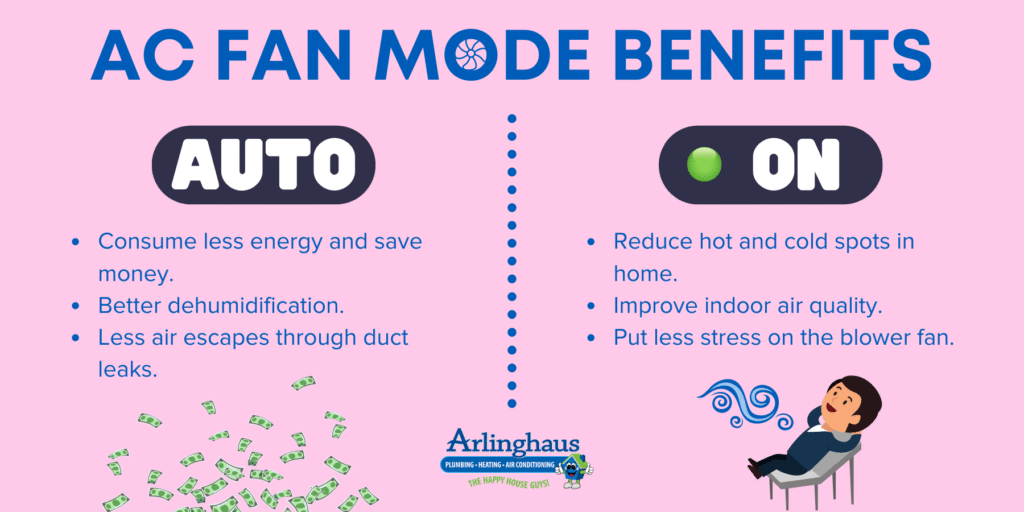
Staying cool during hot weather is essential for comfort and well-being. Your air conditioner offers two primary modes: fan and cool, each serving different purposes. Understanding the distinction between these modes empowers you to make informed decisions about your cooling needs and energy consumption. This article will delve into the intricacies of fan vs cool mode air conditioner, exploring their functionalities, advantages, and disadvantages to help you choose the best option for your situation.
This comprehensive guide will first dissect the core differences between fan and cool mode air conditioner. We’ll then examine the specific functions of each mode, including how air conditioner fan function works and the role of refrigerant in cool mode. A comparison of energy consumption will shed light on the environmental and financial implications of each setting. Finally, we’ll explore the high settings for both modes, highlighting their unique benefits.
Fan Mode vs. Cool Mode
The fundamental difference between fan mode and cool mode air conditioner lies in their cooling mechanisms. Fan mode simply circulates existing air within a room, creating a gentle breeze without altering the temperature. This is achieved by using the air conditioner’s fan to draw in warm air and expel it back into the room, effectively distributing the air and promoting ventilation.
On the other hand, cool mode utilizes refrigerant to actively lower the temperature of the air. Refrigerant absorbs heat from the indoor air and releases it outside through a condenser unit. This process cools the air passing over the evaporator coils inside the air conditioner, resulting in a noticeable drop in room temperature.
Air Conditioner Fan Function

The air conditioner fan function is crucial for both fan mode and cool mode. In fan mode, the fan operates independently of the cooling system, circulating existing air to create a refreshing breeze. This can be particularly helpful during mild weather or when you simply want to improve air circulation without actively cooling the room.
In cool mode, the fan works in conjunction with the refrigerant cycle to distribute cooled air throughout the space. The fan draws warm air over the evaporator coils, where it is cooled by the refrigerant. The now-cooled air is then expelled back into the room, effectively lowering the overall temperature.
Fan Speed Settings
Most air conditioners offer multiple fan speed settings, allowing you to adjust the airflow intensity. Lower speeds provide a gentle breeze, while higher speeds deliver a stronger airflow. This flexibility enables you to customize the cooling experience based on your preferences and the ambient temperature.
Cool Mode and Refrigerant
Cool mode relies on a refrigerant cycle to achieve cooling. Refrigerant is a special fluid that absorbs heat from one location and releases it in another. In an air conditioner, the refrigerant absorbs heat from the indoor air passing over the evaporator coils. This heat is then transferred to the outdoor unit through the condenser coils, where it is released into the atmosphere.
The refrigerant cycle involves several key components: compressor, condenser, expansion valve, and evaporator. The compressor pressurizes the refrigerant, raising its temperature. As the hot refrigerant flows through the condenser, it releases heat to the outdoors, cooling down. The expansion valve reduces the pressure of the refrigerant, causing it to evaporate and absorb heat from the indoor air passing over the evaporator coils. This cycle continuously repeats, effectively transferring heat from inside to outside and cooling the indoor environment.
Energy Consumption Comparison

Fan mode generally consumes significantly less energy than cool mode. Since fan mode does not involve active cooling with refrigerant, it only uses power to run the fan motor. In contrast, cool mode requires substantial energy to power the compressor, condenser, and other components involved in the refrigerant cycle.
Choosing fan mode when possible can help reduce your electricity bills and minimize your carbon footprint. However, if you require significant temperature reduction, cool mode is necessary.
High Settings for Both Modes
Both fan mode and cool mode often offer “high” settings to increase airflow intensity.
High Fan
In fan mode, “high fan” maximizes the speed of the air conditioner’s fan, creating a powerful breeze that effectively circulates air throughout the room. This can be beneficial for improving ventilation, distributing odors, or simply enhancing comfort on warm days.
High Cool
In cool mode, “high cool” setting delivers maximum cooling capacity by running the compressor and fan at their highest speeds. This results in the most rapid temperature reduction but also consumes the most energy.
Conclusion
Understanding the differences between fan and cool mode air conditioner empowers you to make informed decisions about your cooling needs. Fan mode offers a cost-effective and energy-efficient solution for circulating air and promoting ventilation, while cool mode utilizes refrigerant to actively lower room temperature. By considering factors such as desired temperature reduction, energy consumption, and personal preferences, you can choose the optimal mode for your specific situation.
